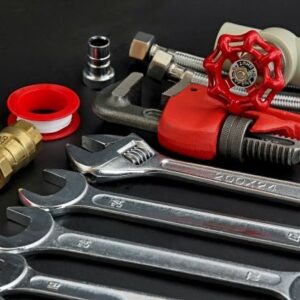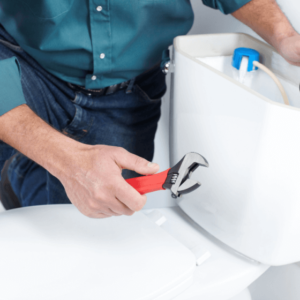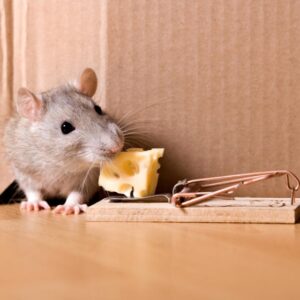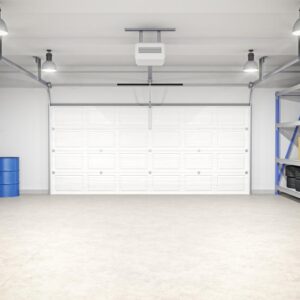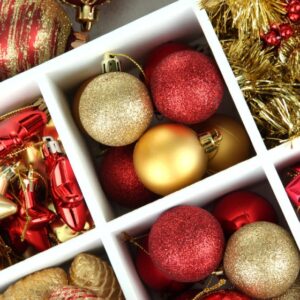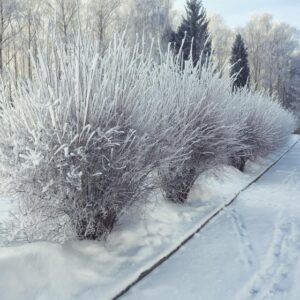If you’re a bird lover and want to draw a diverse range of bird life to your yard, you’ll need more than just a birdbath or bird feeder. You need to attract birds the way a natural habitat would.
Creating a habitat for birds in your yard is not as difficult as it sounds. It just takes some planning, a combination of dense, diverse native vegetation for shelter, as well as water and food sources.
Let It Grow
To create a bird-friendly habitat, you’ll need to forget about having a well-manicured yard. Birds are attracted to natural, dense growth, so let an area of your yard or garden grow uninhibited. Birds thrive on the seeds from these plants. Dead leaves, old brush and long grasses attract birds because they provide good nesting material and food, in the way of insects. You’ll also need an area for abundant bushes, trees and flowers that attract and make local birds feel at home.
-
Use Native Vegetation
Your bird habitat should be made up of plants native to your region. The reason for this is two-fold: local birds are accustomed to local plants and the plants will thrive in their natural habitat. Native plant species are adapted to local rainfall amounts and other weather patterns, as well as soil type. They require less maintenance, less assistance from chemical fertilizers and less watering, which makes it easier on you and the environment.
Birds will flock to your habitat if they are comfortable with the plants there. Birds recognize regional trees and shrubs as sources of food and shelter from predators. Choose plants that produce seeds, berries and nuts.
Helpful Tip
If you’re not sure which plants are best for attracting birds in your region, consult a local nursery or the friendly associates at your local True Value hardware store.
-
Plant Densely with Diversity
Use a variety of plants densely planted in layers to attract a variety of birds to your habitat. Create these layers, or tiers, in your habitat by creating a gradual “step down” effect from tallest to shortest. Plant trees, surrounded by shrubbery, and then border this with flowers or grasses, for example.
Some bird species may be attracted to flowers and some prefer perusing grasses for seeds, worms and insects. Others like to feast on berries and other fruits from bushes and trees. Different species may also visit separate areas of the habitat for particular functions, for example, feeding versus nesting.
The density of the habitat’s vegetation provides shelter and protection and opportunities for nesting. The more wide-open the space in your yard, the less protection there is for birds which decreases the chances of them visiting for long periods. Birds have many predators, be it larger birds or cats or other animals. Dense foliage hides or otherwise provides barriers from these predators and allows birds to thrive and nest in your habitat.
Good locations for your habitat are corners of your yard, such as those adjacent to an already wooded area, or areas around buildings or other structures. The main objective is to cut down on wide-open spaces where birds feel unprotected.
Helpful Tip
When choosing plants, consider their natural cycles and what they provide to birds in particular seasons. Flowers and flowering shrubs provide nectar and thus insects for birds to eat. Nut or fruit trees provide food sources in late summer and fall. Evergreens provide shelter all year long.
Birdbaths and Bird Feeders
Sources of water and food to attract birds will complete your bird habitat. Offer clean water by supplying a classic pedestal birdbath, fountain, a combination of water-filled saucers or a water garden. A water garden or small pond is a great way to attract birds. Ponds can be stocked with fish, frogs, and insects and other critters that are attractive food sources to birds. To learn more about water gardens see the project Install An Outdoor Water Garden. No matter what kind of water source you provide, it’s essential if you want birds to stick around.
A bird feeder is a big draw and possibly the most important part of your habitat. While you can buy a premade bird feeder, making one yourself can be a fun family project.
That’s it! Now relax and wait for the birds to flock to your yard.

